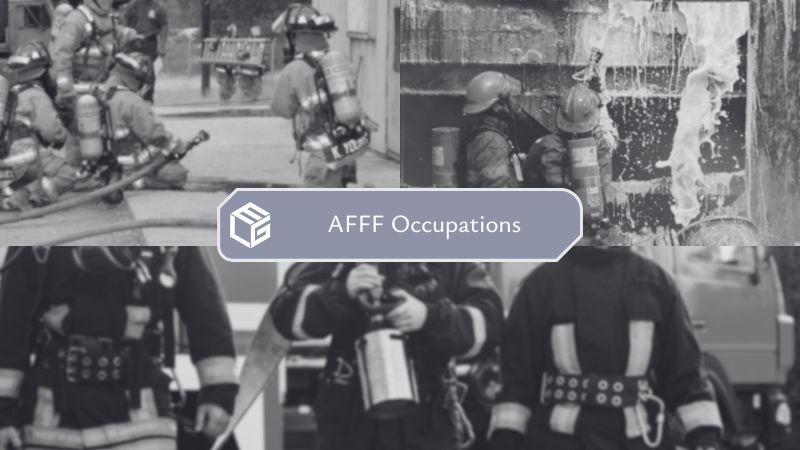
Military firefighters, a unique field in military and firefighting, face extremely high levels of exposure to AFFF and the cancer-causing chemicals in it. AFFF has been widely used in hundreds of military installations for over five decades, and cumulative exposure may lead to high PFAS levels in blood serum. Documented AFFF use may be from using a portable AFFF extinguisher, working with an installed AFFF fire system, or operating a tactical firefighting truck.
Firefighters are exposed to environmental hazards in their line of work. The same thing can be said for military personnel, who also face radiation and chemical hazards. Military firefighters, due to their specialized line of work, are facing extremely high risks of developing medical conditions from chemical exposure, especially from decades of using aqueous film-forming foam (AFFF). When AFFF was introduced in the 1960s for military airports, hangars, and bases, military firefighters were unaware of the risks associated with using a seemingly harmless foam that was the most effective solution for fuel fires.
Decades later, the U.S. military remains the largest user of AFFF in the world, with portable extinguishers and AFFF systems installed in hundreds of military installations. The cancer-causing chemicals in the foam, called per- and polyfluoroalkyl substances (PFAS), can accumulate in the blood serum or organs of exposed individuals, and military firefighters are at high risk. If you worked as a military firefighter, you may have documentation of your AFFF exposure from the following duties and activities:
In August 2025, the Department of Defense delayed the AFFF ban for one more year. According to the DoD Secretary, the transition to fluorine-free foam in the military is complicated and time-consuming. With this extension, the new deadline for ending the use of AFFF in military sites is October 1, 2026. With many months before the phase out, military firefighters continue to get cumulative exposure to AFFF, which may result in higher PFAS serum levels and increased risks of AFFF-related cancer.
You may qualify for an AFFF claim (and a VA claim) if you worked as a military firefighter and you’ve been diagnosed with one of the following conditions that have been strongly associated with AFFF.
Kidney cancer Testicular cancer Prostate cancer Liver cancer Pancreatic cancer Bladder cancer Male breast cancer Thyroid cancerELG Law attorneys can give you a free case evaluation if you submit the documentary requirements. We only need to verify your military records with documentation of your AFFF use and your medical documents showing your cancer diagnosis. If you believe you are eligible, contact ELG Law as soon as possible.